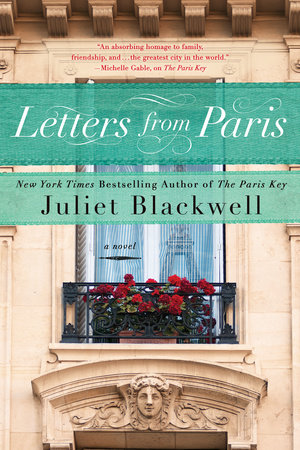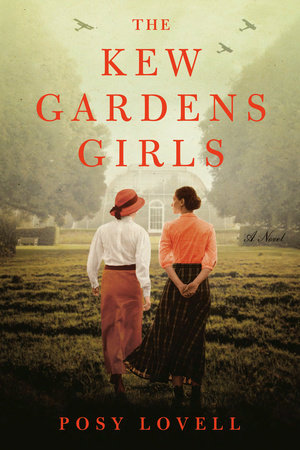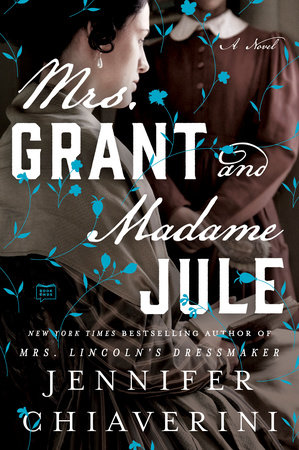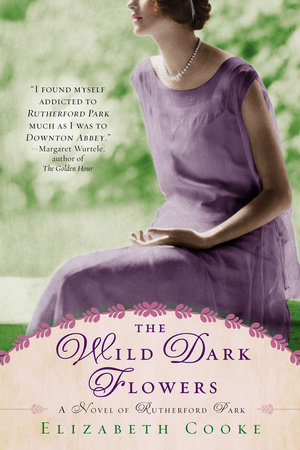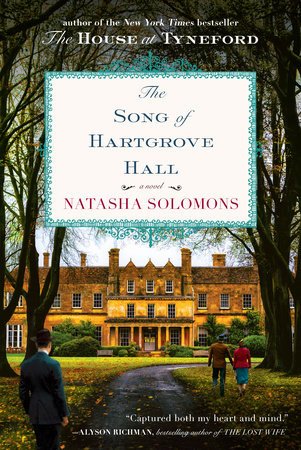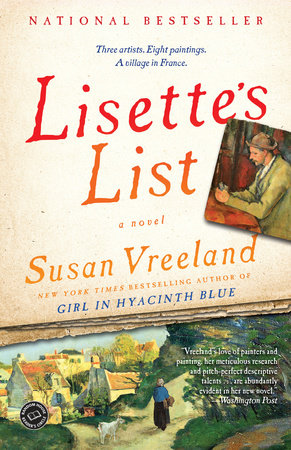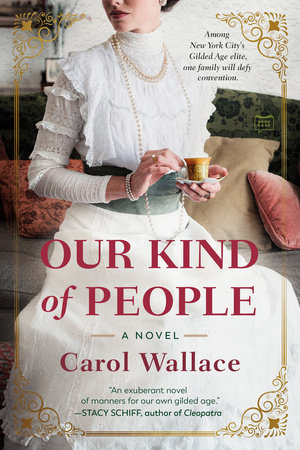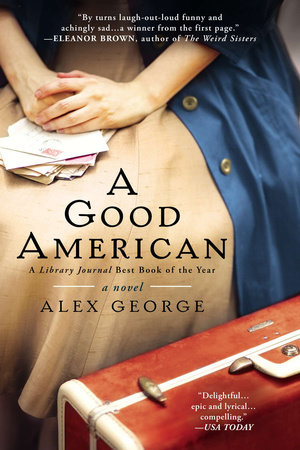A CONVERSATION WITH JULIET BLACKWELL
Q: In what ways did her childhood growing up Plaquemines Parish affect Claire’s outlook on the world?
A: Claire grew up with some of the best and worst aspects of a small town: on the one hand, she knew a sense of belonging, rich cultural traditions, and the love and support of a large extended family; but on the other her dreams were defined –and often limited– by her humble background and a narrow perspective on the world. Even after she manages to attain an education and do well in Chicago, Claire has the recurring fear that she might be “too big for her britches” – making her feel guilty about (or at least self-conscious of) the external success she has achieved, as well as her dreams of a different kind of life. Her experiences in Paris and the Franche-Comté allow her to feel culturally comfortable at a certain level, while opening her eyes to a whole new world.
Q: Claire suffers two tremendous losses in her life. Did one of them hit her harder than she was expecting? How long do you think it really took Claire to recognize the impact her mother’s death at such a young age had on her developing personality?
A: I think Claire largely dismissed the trauma of losing her mother so young because of the way the story was told –that Claire was a miracle for having survived– and because she had other family members to care for her. In many ways her father’s alcoholism was even more traumatic than the early “car accident”, since it was an on-going betrayal, capped by a moment of true brutality. But it is not until she arrives in Paris and begins to confront her own fears – that perhaps her mother had intended to kill her as well as herself – that Claire understands she must learn to swim, figuratively as well as literally.
Q: Did your own artistic background influence Claire’s interest in art and sculpture? What do you find most fascinating about the art of sculpting?
A: Yes! I love to write about art. I was trained as a painter (and it’s still my first love) but when I took a sculpting class I was enamored. It was like a whole new world: the sensuality of the curves and voids and spaces, the transformative play of shadows and light on different planes, the building up and breaking down in three dimensions. It was so physical.
Now that I’m a writer, and so much of my life is centered around words, I am particularly aware and appreciative of the non-verbal aspects of painting and sculpture, the pure connection between unspoken emotions and the result of one’s hands. I adore art!
Q: Have you always been fascinated in the existence of death masks? When and how did you first come across the story of L’Inconnue? Did you recognize immediately that there might be an idea for a novel there?
A: The moment I heard about L’Inconnue de la Seine, I knew I wanted to use her story in a novel! I first learned about her when researching moldmaking in Paris, and I stumbled across the phenomenon of death masks. Some consider death masks to be maudlin, but I find them fascinating – they were an attempt to capture “true” faces at a time when photography was nonexistent or rare. And because of their three-dimensionality, they can appear incredibly lifelike, bringing one face-to-face with the likes of Napoleon or Beethoven.
When I visited the Lorenzi Moulage d’Art on the outskirts of Paris, my ideas for the novel developed further. And while L’Inconnue appears in several stories from the Belle Epoque, I found surprisingly little mention of her in modern literature.
Finally, I couldn’t resist the temptation to imagine a different kind of ending for the young model known only as L’Inconnue.
Q: How much do you think Claire’s and Armand’s shared sense of loss provided a window through which they could connect to each other?
A: A great deal. I was influenced by the experiences of several friends who have gone through traumatic events, after which they found it difficult –even painful– to be around “shiny, happy people” all the time. Some sorrows run so deep that the only way one can open up is with someone who truly understands the pain without the need for explanation or description.
Q: What do you think Claire was truly looking for when she set off for Europe? Do you think she had found it by book’s end?
A: I think Claire was looking for home. Like so many of us! She no longer feels comfortable in the town where she grew up, and she isn’t happy in Chicago. When she falls in love with Paris, with sculpture, and with Armand, she finds a place where she can truly be who she wants to be. Where she doesn’t have to hold herself back anymore. As Camille Claudel says in the book, “sometimes the artist she chooses is herself.”
